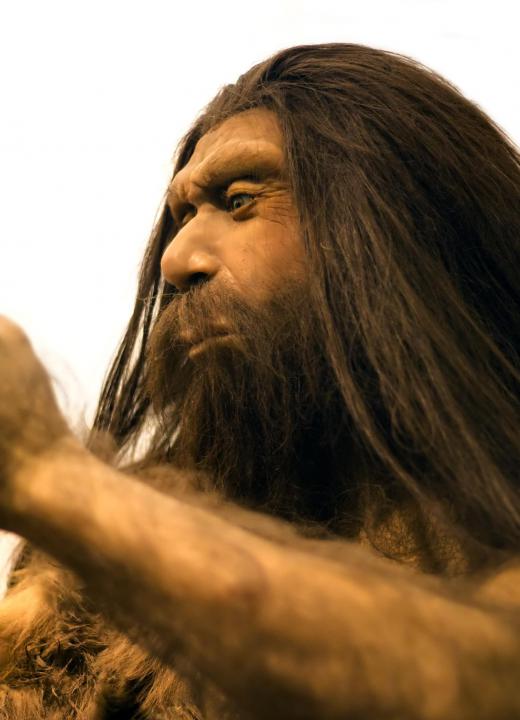What are Some Extinct Animals of Europe?
 Michael Anissimov
Michael Anissimov
During most of the Pleistocene (1.8 million to 10,000 years ago), Europe had many unusual extinct animals, some of which are difficult to imagine today. Since the last Ice Age began about 2.58 million years ago, Eurasia and North America have undergone cycles of glaciation and corresponding interglacials, where continental glaciers covered much of the planet north of 50 degrees latitude, then receded to the far north. As a result, many of the extinct European faunas were adapted to the cold. These extinct animals often changed their characteristics during the glacial and interglacial periods: for instance, the cave bear had a tendency to be larger during glacials and smaller during interglacials.
Some of the distinctive Ice Age and interglacial extinct animals that existed in Europe were the European Hippopotamus (larger than present-day hippos), the cave bear (larger than the Brown Bear but thankfully vegetarian), the Giant Unicorn (Elasmotherium, a fast-running 20 ft-long giant rhinoceros), the straight-tusked elephant (flourishing in Europe during the interglacial periods), Deinotherium (an elephant, the third largest land mammal ever known to have lived), Dinofelis ("terrible cat," a saber-toothed cat, about the size of a jaguar), the Southern Mammoth (with long curved tusks), the Tenerife Giant Rat (almost a foot long; an example of island gigantism), and the Woolly Rhinoceros (with thorough protection from the cold of Ice Ages). The Asiatic Lion and the Cheetah also lived in Europe during prehistoric times.

In ancient times, hominids lived in Europe and are members of the group of extinct animals there. The most famous of the extinct animals who were hominids were the Neanderthals, which went extinct around the Strait of Gibraltar about 22,000 years ago. A few Neanderthal skulls have been found with an extensive admixture of features, which some scientists have argued suggests intermarrying. However, genetic tests on the human and Neanderthal genomes discourage the notion that there was any interbreeding between the groups at all.
AS FEATURED ON:
AS FEATURED ON:













Discussion Comments
@bythewell - Is that true though? I know mammoths are one of the animal types that they often talk about recreating with cloning, but there are some on this list that might be even better, as they are more closely related to modern animals that exist right now. Like the cave bear, or the Irish elk. These extinct animals could be incubated in the wombs of their living relatives and brought back to life.
@umbra21 - There is some evidence of humans contributing to the extinction of animals like mammoths through hunting, but considering how much the climate changed around that time as well, I'm not sure you can completely leave the blame at our doorstep. Extinction is a part of the cycle of life and the Earth has gone through many different kinds of extinction events before we came around.
Which is not an excuse to keep going with the extinctions we are causing now. We are only harming ourselves when it comes down to it. I'd hate for my great grandchildren to be reading articles listing all the extinct animals of the world one day and seeing creatures like our modern tigers and elephants and rhinos on that there. Once they are gone, they are gone forever.
I always find it so incredible to see this kind of list and realize what sorts of animals roamed around Europe before it was completely changed by humans. I always think of Europe as a place where there were never many large mammals, simply because human civilization is so old and concentrated there that there aren't many left around. Africa is the place I associate with lions and rhinos and hippos, and maybe parts of India and China have other big cats and bears and elephants.
It's pretty sad how many animals have gone extinct over the last few thousand years. How much richer our lives would be if our ancestors hadn't killed them all off.
Post your comments